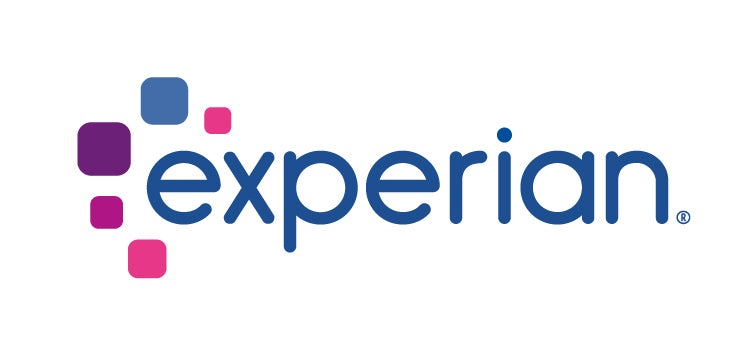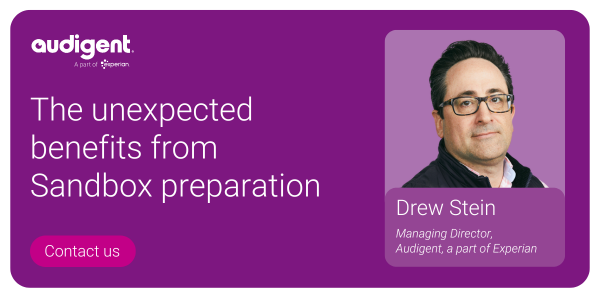Google’s decision not to deprecate cookies in the Chrome browser after all caused a stir across the industry. Companies invested heavily in developing solutions aligned with the Privacy Sandbox as a survival tactic for the post-cookie landscape. At first glance, Google’s about-face may appear to undercut those efforts.
It’s easy, and perhaps even satisfying for some – but inaccurate – to say “all that effort was for nothing.” Given Chrome’s dominance among browsers, ad tech companies had no choice but to prepare for “what if” scenarios. The same goes for cookie deprecation. Google’s plan to end support for third-party cookies would have removed a mechanism that has been a cornerstone of addressability for the past 15 years .
To be clear, those efforts have not been wasted. They spurred innovation across the ad tech landscape, driving progress in privacy-first targeting, alternative identifiers, supply-path data activation and real-time data enrichment – all of which will pay dividends for years to come.
Whether born directly from Privacy Sandbox participation or inspired by the broader trend toward privacy reform, industry-wide preparation for cookie loss and browser disruption has yielded tangible benefits. Pressure from Google, Apple and evolving regulations served as a catalyst for modernization that could shape the next decade of advertising technology.
An industry anchored in product innovation
Ad tech is a fundamentally product-driven industry defined by short innovation cycles and the imperative to build and test rapidly. This DNA enables companies to stay resilient, evolve and deliver innovation.
Change is good. Disruption can be even better – but only for those who embrace it. Google’s evolving stance on cookies and Privacy Sandbox doesn’t negate what’s been learned. If anything, it underscores the need to keep innovating. The next wave of disruption is likely right around the corner.
The payoff
While some may argue that the time and effort spent preparing for cookie loss was wasted, those efforts have functioned as a forcing mechanism for several innovations in data activation.
1) Supply-side data activation and optimization, aka “curation,” is an alternative to the traditional approach to data activation. Unlike the traditional DMP-to-DSP activation flow, curation allows buyers to leverage supply-path data more directly.
AdExchanger Daily
Get our editors’ roundup delivered to your inbox every weekday.
Daily Roundup
The upshot? Improved performance and pricing for media agencies and brand advertisers. As curation continues to evolve, it’s poised to play a central role in how advertisers and publishers transact.
2) Real-time data enrichment is another area that has benefitted from this period of accelerated innovation. Many companies were compelled to improve their tech stacks to align with Sandbox protocols. These updates, particularly in real-time data enrichment capabilities, are now laying the groundwork for future data activation strategies across both the buy and sell sides.
Exiting out of tunnel vision
Over the past five years, the ad tech industry has invested deeply in planning for a future without cookies.Still those investments have been well worth it. While cookies are not going away, the broader deprecation of signal continues. The work that was done to prepare will inevitably inform the next evolution of our industry.
For more articles featuring Drew Stein, click here.















